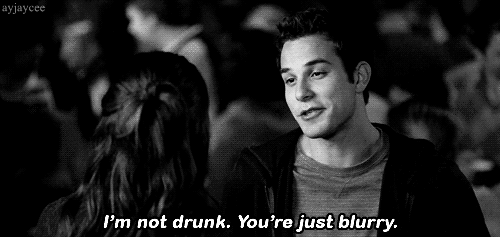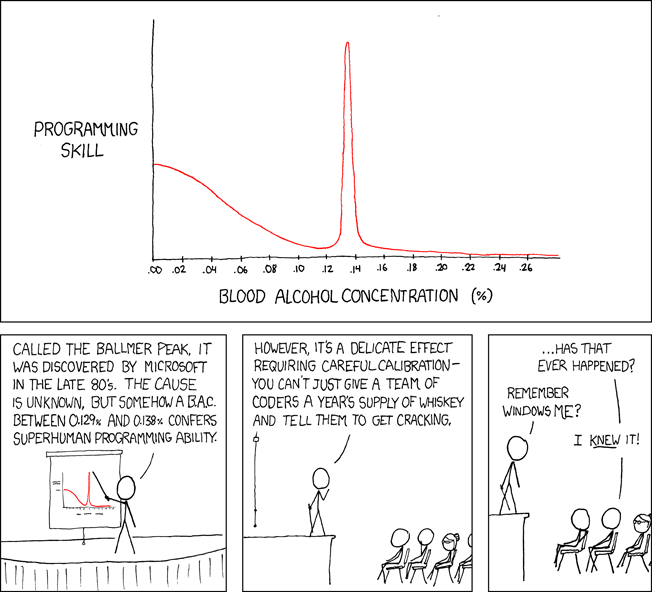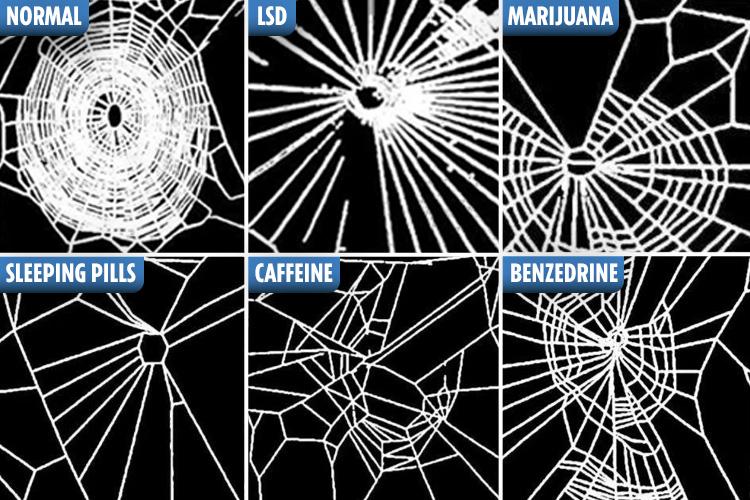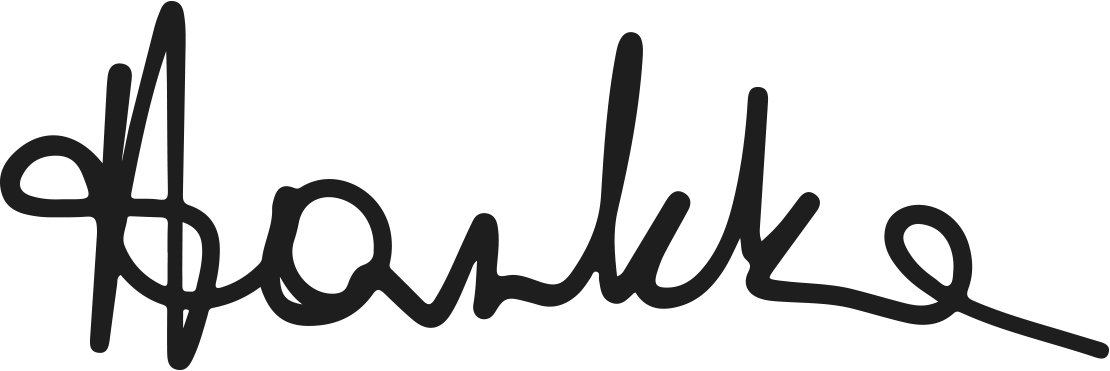It’s so much safer to hide your views behind a ‘share’ button of the well known and respected. Quoting somebody else’s words with no personal comment, hoping to chip off a little bit of one’s admiration by assimilation.
But that’s not really how thought leadership is created.
It’s not like hiding behind a proud proclamation of “WE won” whenever your football team wins (where you haven’t done the kicking work), but staying silent when it did not.
Thought leadership requires courage, stripping yourself bare of feelings and perspectives, sometimes controversial, and voicing them out. Taking a stand with a risk of being ridiculed and challenged.
The Hemingway’s Way

Even if Hemingway never really wrote drunk, he is often misattributed to a famous quote “Write drunk, edit sober.” And if he did say it, he certainly didn’t practice what he preached.
Then, there is this tech insider joke about The Ballmer Peak. A reference to Steve Ballmer of Microsoft, holds that imbibing alcohol improves cognitive ability, up to a point–a variation of the Yerkes-Dodson law, which shows a correlation between arousal and performance. Anecdotal evidence suggests that optimal programming occurs about two beers in, where your internal inhibitions are loosened up and you feel more confident or simply ‘YOLO’.

One of my favourite scientists, Andrew Huberman explains, how alcohol and drugs affect creativity when they put you into a drowsy, sleepy state. He believes that in such a state, space and time become dislodged from one another, turning fluid. He argues this is why a lot of solutions come to people after sleep and naps.
People thought that psychedelics work by just creating spontaneous bursting of neurons and hallucinations. Turns out, most of those receptors are actually in the collection of neurons that encase the thalamus, which is where all our sensory information goes into. It’s an inhibitory structure that makes sure that we’re mainly focused on what we see in front of us, essentially eliminating a lot of sensory information. Yet, under conditions where people take psychedelics, particularly when serotonin receptors are activated, that inhibitory shell loses its ability to inhibit sensory information. You’re no longer running an algorithm for processing information that’s in front of you and making a prediction based on the vision alone. You’re mixing the algorithms, seeing outside of that box.
But you don’t need to rely on psychedelics to be able to access new solutions. For most people, it is impossible to get anything meaningful outside of such experience, anyway. As Andrew points out:
“[…] there was so much interest a few years ago with Michael Pollan’s book and and other things happening about psychedelics as a pathway to exploration and all this kind of thing. But the real question is what you export back from those experiences, because dreams are amazing. But if you can’t bring anything back from them, they’re just amazing.”
Andrew Huberman on the Neuroscience of Optimal Performance, Lex Fridman Podcast #139
You may have a brilliant thought but if you don’t “download it” onto paper or record it in some form, it will be gone in no time. That’s why most of great creators and business people always carry with themselves a journal or some form of that and sketch all little and grand thoughts. An anchor to reflect on a spark of an idea and build on top of it. For me it’s a Mac’s notepad + physical notepad, for whenever I’m on the go.
Just to be clear, I’m not encouraging you to drink or go on a vision quest vomiting your guts out from ayahuasca. Sure, Beatles with their Lucy In The Sky with Diamonds, Stanisław Lem with his famous Solaris (result of psilocybin and LSD) or even Chopin (opium), all experimented with psychedelics to create wicked, surrealist like pieces. To Chopin’s defence, in the 19th century opium was often used as a remedy for various ailments, including those related to tuberculosis, which he was suffering from.
The greatest artists alive such Rolling Stones, ADCD, Metallica may have had also been under the influence when they created their biggest hits. A rock star? It’s been almost expected of them to run wild, naughty and free. Self-restrained seems boring and doesn’t suit the artists, right?
Stimulants may seem to provide a shortcut to unleashing creativity, unlocking those dark corners of your mind and simply letting you connect with your true desires. But taking this route usually comes at cost, and most people are unable to stay at The Ballmer Peak for long.

Writing as a type of creativity output, as William Zinsser writes, is a craft. Not some esoteric art we are only able to practice under the influence. It’s a hard work and ought to be treated as such. So why do we persist in believing otherwise? Because it’s easier. It’s more pleasant to protect ourselves from the pain than to face criticism we dread. To show our vulnerability.
You don’t need psychedelics to put yourself in a higher self-conscious state and be creative. You can achieve it with proper breathing techniques, by practicing mindfulness and calming down. Many of the ‘great ideas” come at night, when you can hear your thoughts undisturbed by daily stimuli. But do not trust your mind to stay long in such a state. How many times did you tell yourself that you’ll hold onto a thought only to realise in the morning, that your great idea is gone? Write it down as soon as it comes to you.
You can make yourself enter a state of a flow, do not wait for it to “come to you”. Loosen up your inhibitions. Dance like nobody is watching, write like nobody is reading it. (To a certain extend, in the beginning it will most likely be true 😅). Write for yourself, for your own (dis)pleasure. Then publish it, even if you think that it’s imperfect. ESPECIALLY when you think so. Seek feedback and iterate. That’s how you get better and more courageous. That’s how you find your voice and your people. That’s how you inspire others to open up as well.
Note: Written on the flight from POZ


![Start-ups and start-downs [Evoque Journey] louveciennes @flickr](https://hankka.com/wp-content/uploads/2013/09/bfast.jpg)
![What are you afraid of? [Evoque journey] Donnie Nunley @Flickr](https://hankka.com/wp-content/uploads/2014/02/12331672305_9d924d76b0_z.jpg)

